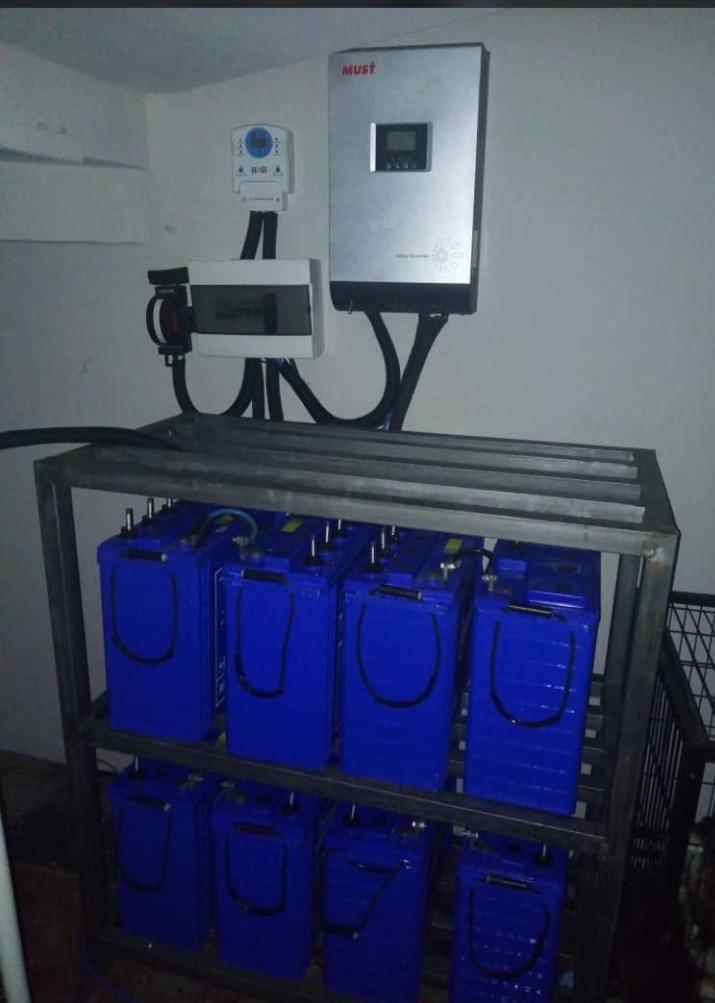Inverter batteries are indispensable in our daily lives, serving as a backup power source during outages. How long your inverter battery last depends on several factors including how you manage it. There are certain maintenance practice that you will need to implement to make your battery last longer.
Understanding and implementing effective practices can significantly extend their lifespan. In this guide we will be discussing easy tips to make your inverter battery last longer. Come with us as we unveil the hack to inverter battery longevity.
Understanding Factors Affecting Inverter Battery Lifespan
Types of Inverter Batteries
Different types of inverter batteries—lead-acid, gel, or lithium-ion—have varying life expectancies and maintenance requirements. Choosing the appropriate battery type aligning with your usage patterns is crucial for longevity.
Environmental Conditions
The surrounding environment plays a pivotal role in determining battery life. Extreme temperatures—both hot and cold—can adversely affect the battery’s performance. Proper ventilation and temperature regulation can mitigate these impacts.
Charging and Discharging Cycles
Frequent and deep discharges, as well as overcharging, can significantly reduce battery life. Understanding the depth of discharge and maintaining optimal charging cycles are essential for prolonging the battery’s longevity.
Maintenance Practices
Regular maintenance, including cleaning terminals, ensuring proper connections, and replenishing distilled water for lead-acid batteries, is imperative. Neglecting maintenance can expedite the battery’s deterioration.
Easy Tips to Extend Inverter Battery Lifespan
Knowing how to maintain your inverter battery is important in increasing its lifespan. As much as that is important there are some tips you should practice to help increase your inverter battery lifespan. Below are some of them:
Choosing the Right Battery Type
Selecting a battery that aligns with the intended usage pattern and voltage requirements is essential. Consulting with experts helps in making an informed decision.
Optimal Usage Practices
Avoiding excessive power consumption and overloading the battery beyond its capacity extends its lifespan. Unplugging unnecessary devices and managing power usage efficiently are beneficial practices.
Proper Charging Techniques
Adopting the correct charging methods, including using recommended chargers and avoiding overcharging, significantly impacts the battery’s health. Implementing smart charging practices sustains battery performance.
Regular Maintenance Guidelines
Consistent upkeep, such as cleaning terminals, checking fluid levels, and ensuring proper ventilation, is critical. Following manufacturer recommendations enhances the battery’s durability.
Recommended: How To Choose The Right Inverter
FAQs on Maximizing Inverter Battery Lifespan
1. Q: How often should I check the fluid levels in a lead-acid battery?
A: It is advisable to check and replenish distilled water every 2-3 months, or as recommended by the manufacturer.
2. Q: Can extreme temperatures impact lithium-ion batteries?
A: Yes, extreme temperatures can affect lithium-ion batteries; high heat can degrade their performance.
3. Q: What is the ideal depth of discharge for maximizing battery life?
A: Maintaining a shallow depth of discharge (DoD) between 20-30% is considered optimal for extending battery life.
4. Q: Should I completely drain the battery before recharging?
A: No, deep discharges can harm the battery. It’s advisable to avoid complete discharge for prolonged battery life.
5. Q: How often should I clean the battery terminals?
A: Cleaning the terminals every 3-6 months, or when signs of corrosion appear, is recommended for proper maintenance.
Conclusion
Enhancing the lifespan of an inverter battery involves a combination of mindful practices, suitable maintenance, and choosing the right type of battery. Adhering to these guidelines ensures a prolonged and efficient performance, thereby maximizing the utility of the inverter battery.

